Kevin Madigan is SVP, Policy and Government Affairs at the Copyright Alliance. Kevin joined the Copyright Alliance in early 2020. Kevin’s work in copyright includes drafting amicus briefs, regulatory comments, policy papers, and essays on diverse topics such as public performance rights, copyright office modernization, the Music Modernization Act, the CASE Act, and the European Copyright Directive. To learn more about his career background and achievements, read Kevin's full bio. Below is a compilation of every blog Kevin has ever written for the Copyright Alliance.

Amicus Briefs Reveal Warhol Foundation’s Flawed Transformative Use Theory
Oral arguments in Andy Warhol Foundation v. Lynn Goldsmith are scheduled for October 12, marking the second time in as many years the Supreme Court will hear a fair use […]
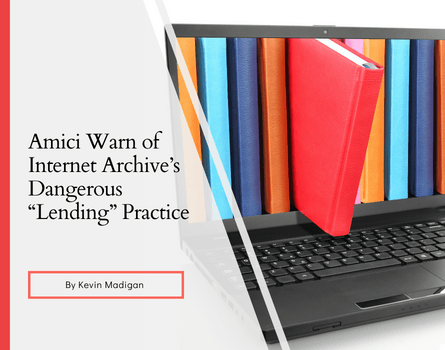
Amici Warn of Internet Archive’s Dangerous “Lending” Practice
It’s not often that amicus briefs are filed at the summary judgment stage of a trial in district court, but the stakes are high in a case that could have […]
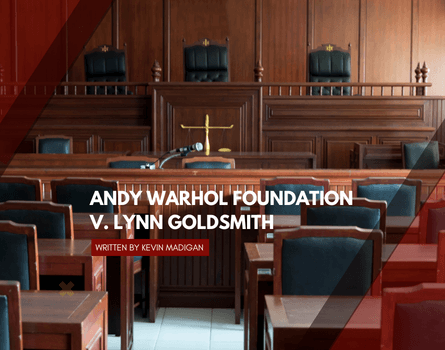
Supreme Court Should Reject Warhol’s Overbroad Transformative Use Test
On October 12, the U.S. Supreme Court will hear oral arguments in Andy Warhol Foundation for the Visual Arts, Inc. v. Lynn Goldsmith, a case that could have a lasting […]

SMART Act Opposition Draws from the Tired Anti-Copyright Playbook
On March 18, Senators Thom Tillis (R-NC) and Patrick Leahy (D-VT) introduced the SMART (Strengthening Measures to Advance Rights Technologies) Copyright Act of 2022. The bill makes amendments to existing […]
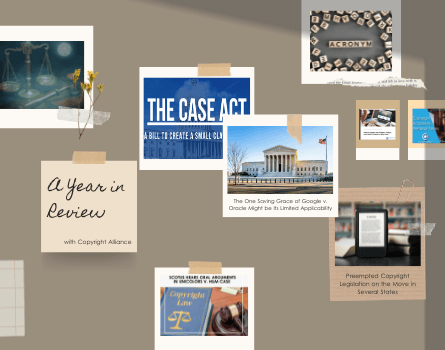
Copyright Cases in 2021: A Year In Review
2021 was a roller coaster of highs and lows in copyright litigation. A much-anticipated Supreme Court decision left many scratching their heads, while the Second and Ninth Circuits brought a […]

SCOTUS Hears Oral Arguments in Unicolors v. H&M Case that Could Redefine Copyright Registration Standards
On November 8, the Supreme Court heard oral arguments in Unicolors v. H&M, a case centered around when a copyright owner’s mistake on a registration application is enough to result […]
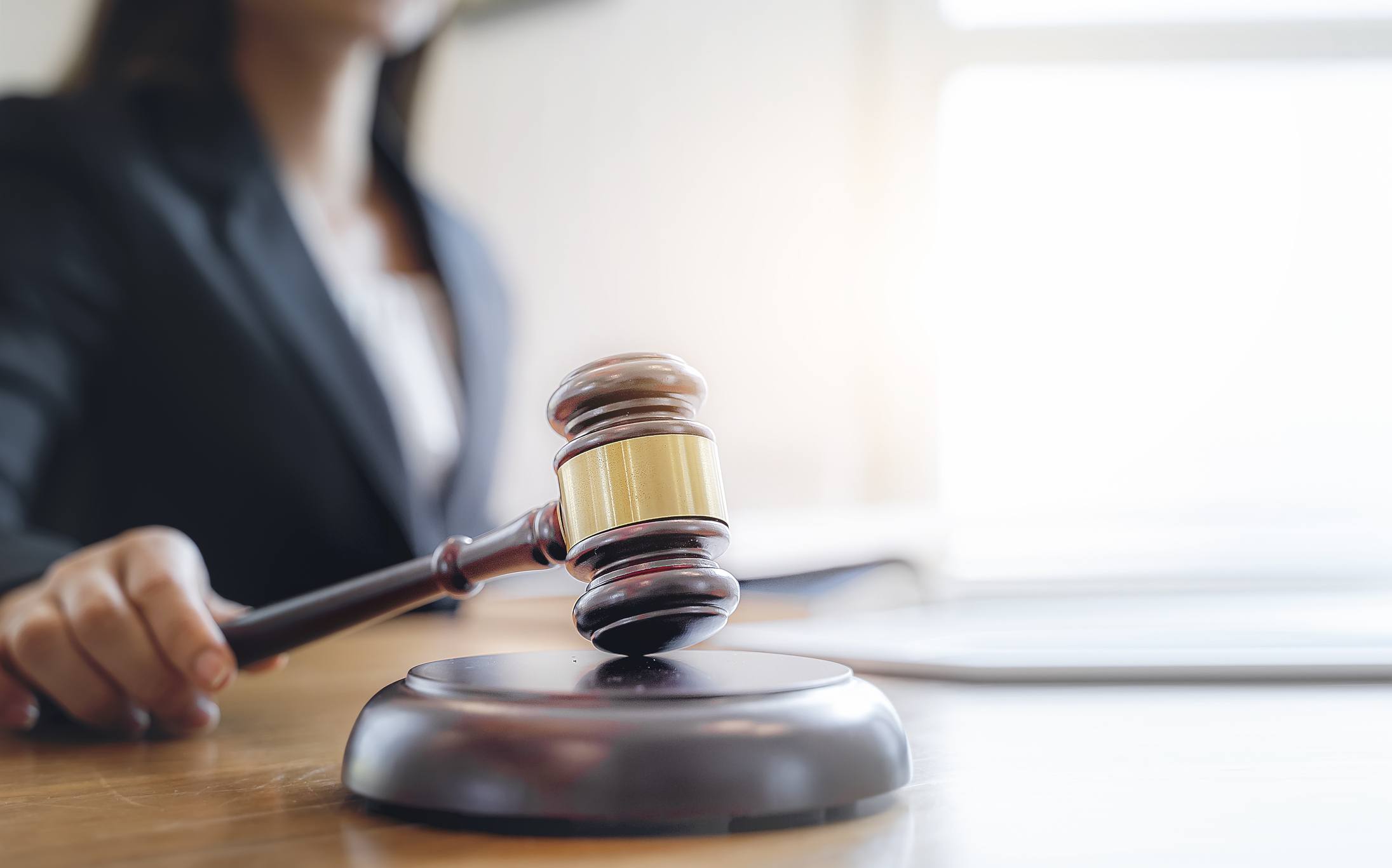
Second Circuit Resoundingly Rejects Broad Application of Google v. Oracle
Leading up to the Supreme Court’s Google v. Oracle decision in April, some were hoping for a game-changing outcome that would alter the course of copyright’s fair use doctrine. But […]

Unicolors Case Presents the Supreme Court With an Opportunity to Reinforce the Foundations of the Copyright Registration System
Imagine you’re an author, photographer, or songwriter who creates a website where you begin to post short stories, photos, or songs. You have a general familiarity with copyright law, have […]

Copyright Office’s Busy Summer Includes a Full Slate of Studies and Rulemakings
A steady stream of new study requests from Congress over the last few months, combined with approaching deadlines for ongoing studies and CASE Act implementation activities, means a busy summer […]
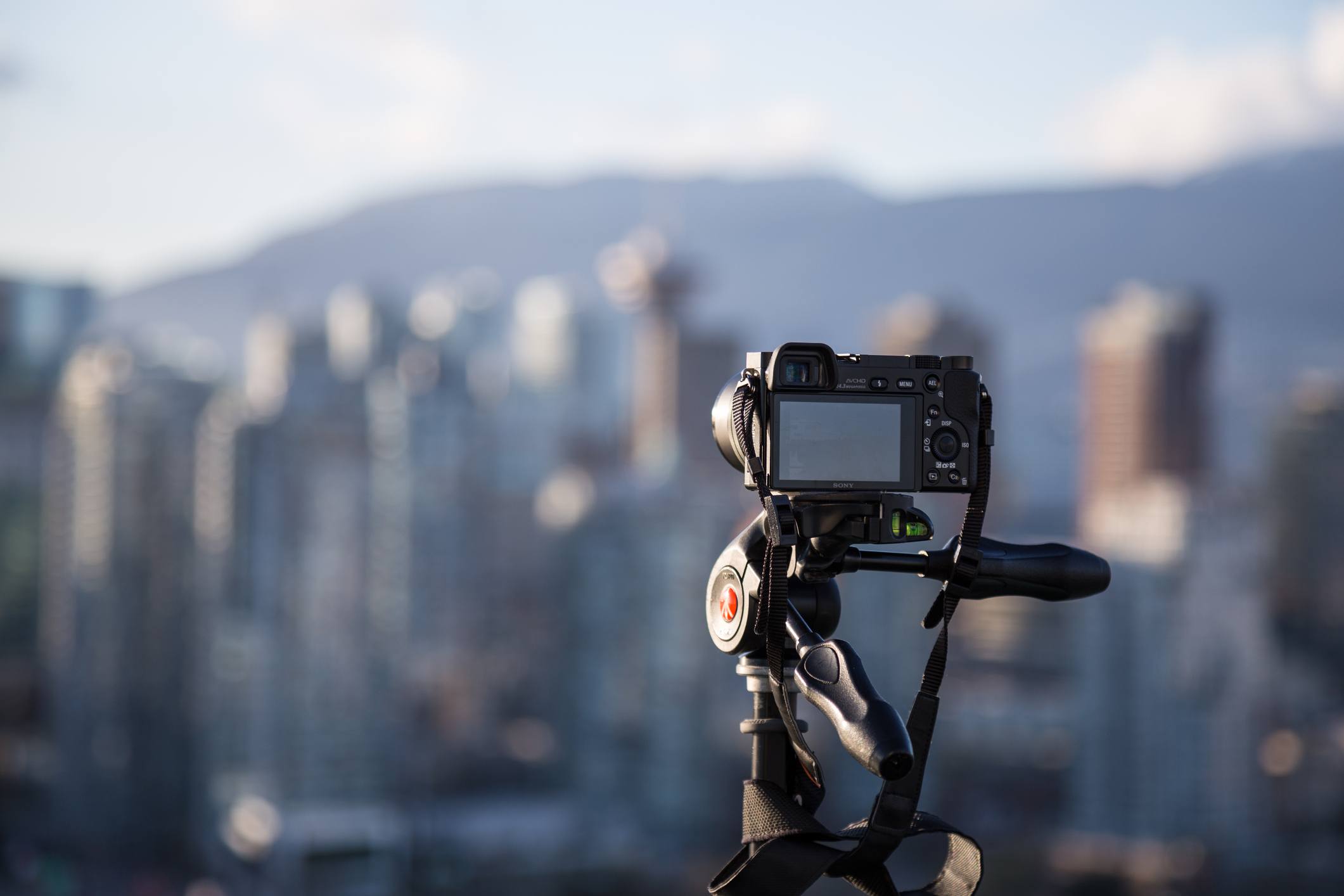
Texas Supreme Court Ruling is Further Proof that Congress Must Abrogate Sovereign Immunity
On June 18, the Texas Supreme Court held that a violation of copyright is not an unconstitutional taking of property. The decision stems from a years-long battle by Jim Olive […]

